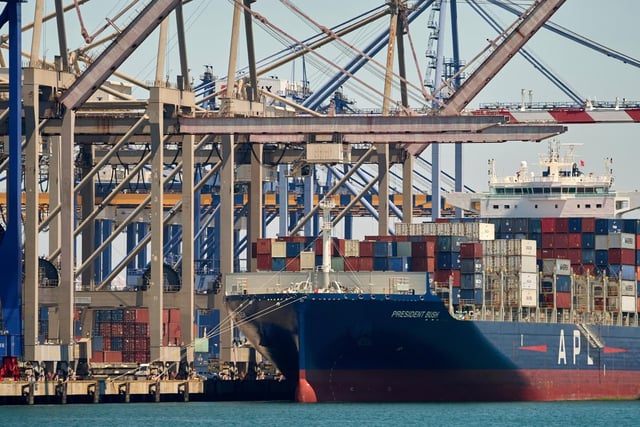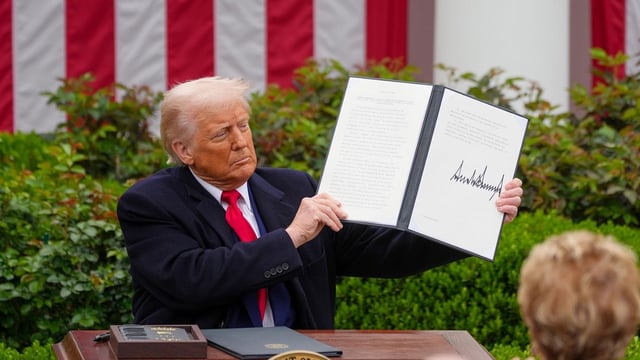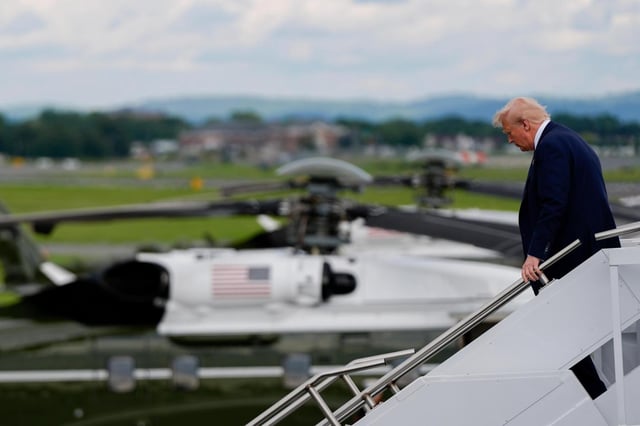Overview
- All reciprocal and baseline tariffs took effect in early August, imposing duties between 10 and 50 percent on dozens of trading partners.
- The average US tariff rate jumped from 2.5 percent to 18.3 percent—the highest level since 1934—adding an estimated $2,400 in annual costs per household.
- Major retailers and manufacturers such as Walmart, Procter & Gamble and Ford have raised consumer prices to offset higher import taxes.
- Since April’s tariff rollout, 37,000 manufacturing jobs have been cut, net hiring slipped to 73,000 in July and GDP growth slowed below a 1.3 percent annualized rate.
- President Trump dismissed the Bureau of Labor Statistics director and publicly urged Fed Chair Jerome Powell to slash interest rates despite inflation holding at 2.6 percent.


